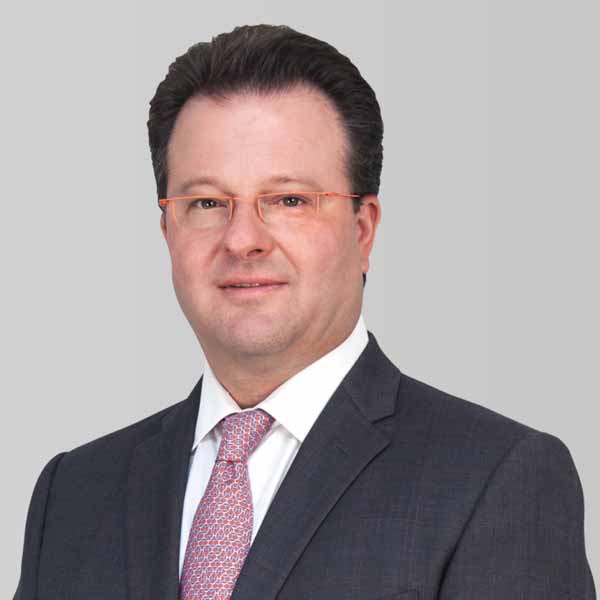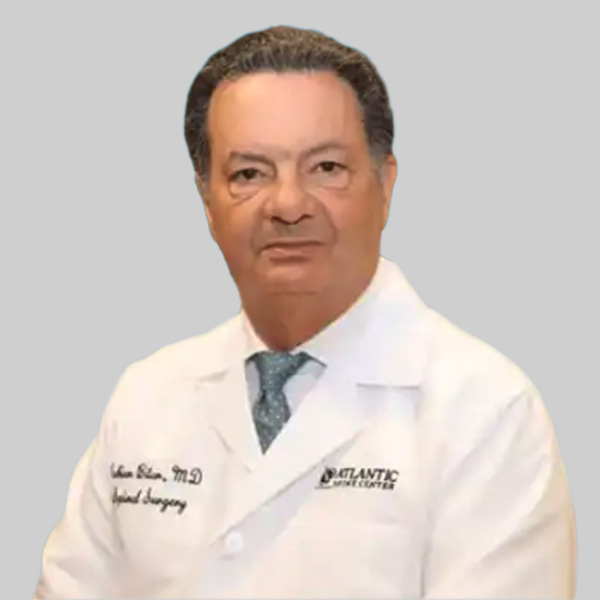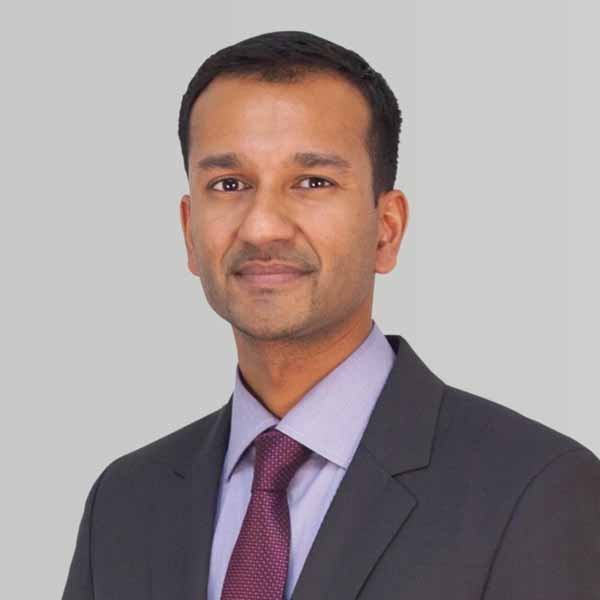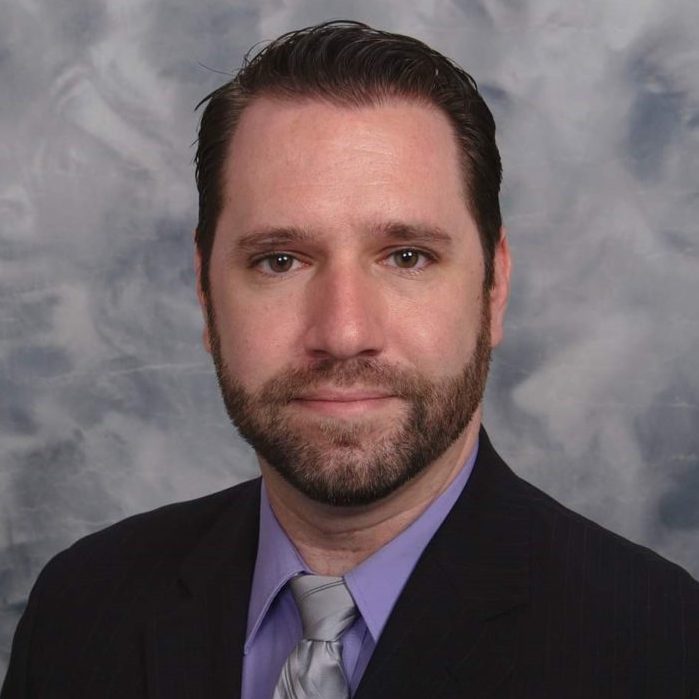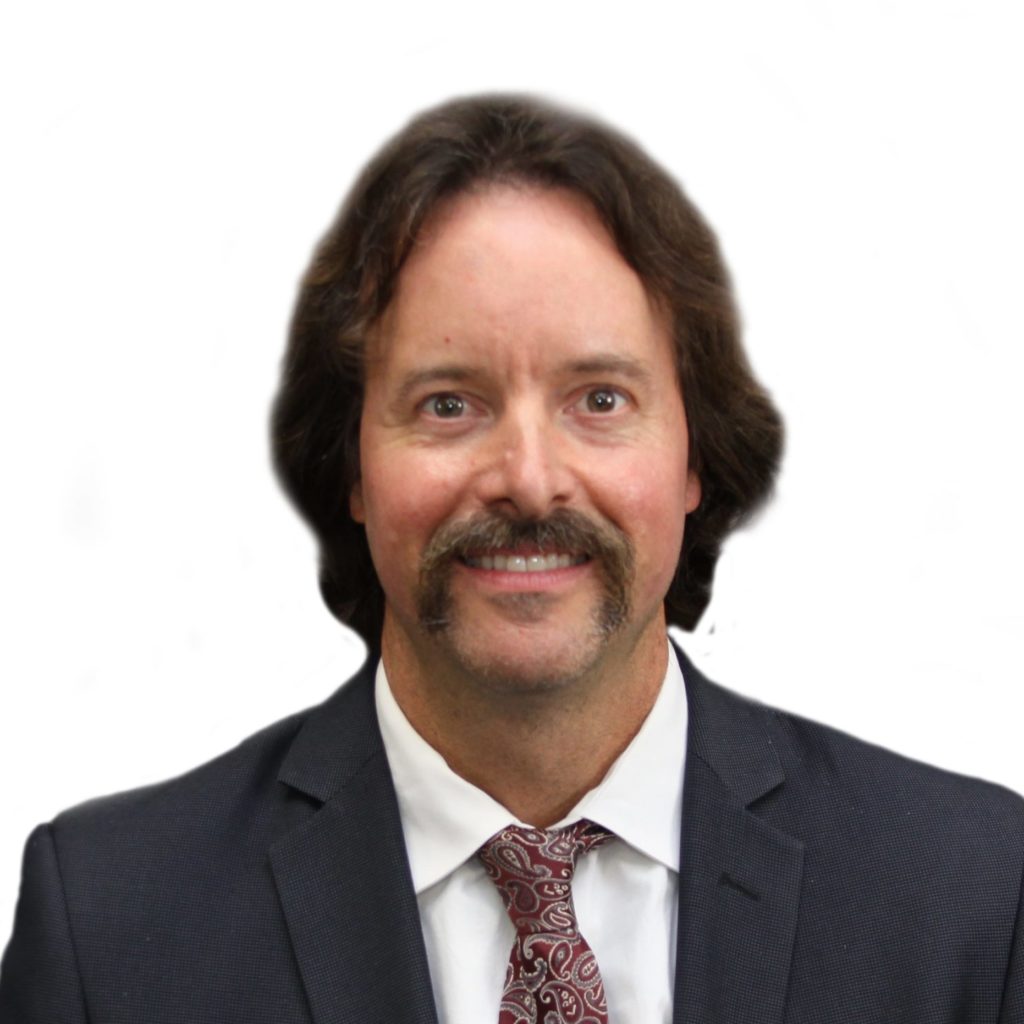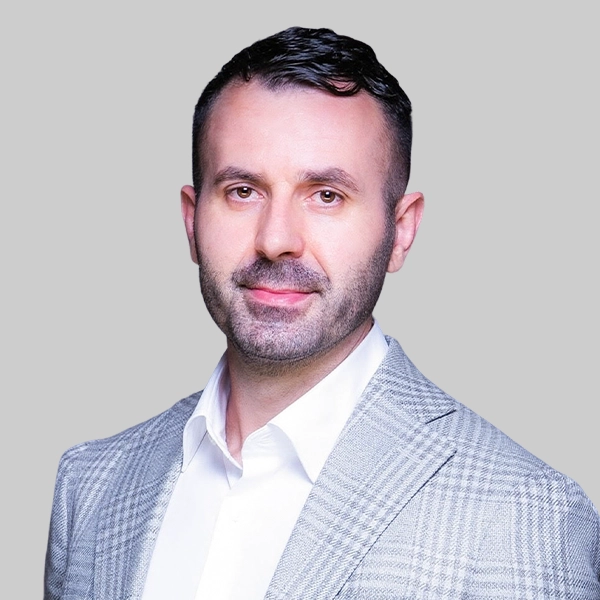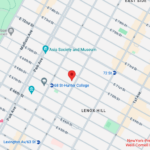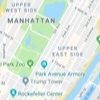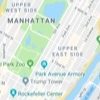Get expert herniated disc treatment from New York’s top-rated orthopedic back and spine specialists.
Back and spinal pain is a very common condition, with almost all adults suffering from some form of back-related pain during their life.
One frequent cause of back and neck pain is a herniated disc, which can result from a degeneration or a sudden trauma to the spine. Fortunately, because herniated discs are very common, advanced treatment options, such as the ones offered at New York Bone & Joint Specialists, provide relief from unrelenting neck and back pain.
Our herniated disc doctors offer the latest best-performing treatments, based on a conservative therapy program to ease your pain or surgery when necessary.
In New York, you can find herniated disc treatment near you by contacting New York Bone & Joint Specialists. Our expert spine and neck physicians are ready to explore treatment options with you.
Let’s take a look at what a herniated disc is, how it happens, and what we can do to help.
What is a herniated disc?
Your spine is a vital yet complex structure. First and foremost, you can move because of your spine. It also holds a network of nerves that send signals to your brain.
So let’s take a closer look at the three most important parts of your spine:
- Vertebrae. Your spine consists of 33 vertebrae, bony structures that stack one on top of another. The hollow center of the vertebrae contains the spinal canal. Of those vertebrae, seven are cervical (neck), 12 are thoracic (upper back near the ribs), and five are lumbar or lower back.
- Spinal cord. Made up of nerves, the tubular spinal cord sends nerve signals between the brain and the body. Covering and protecting the spinal cord are the fluid in the spinal canal, as well as ligaments and bones.
- Discs. Between each vertebra is a cushiony disc that acts as a shock absorber. Because of the discs, you can flex your spine. The disc contains a soft, liquid interior known as the nucleus. Protecting the interior is a tougher outer layer called the annulus.
If the outer layer of the disc ruptures or breaks down for some reason and the interior fluid leaks out, the disc is considered herniated.
Herniated discs can happen anywhere along the spine. But the condition most often affects the lumbar and cervical areas. They occur less frequently in the thoracic region, accounting for only one in every 200 to 400 herniated discs.
Bulging vs herniated disc: What’s the difference?
The terms bulging discs and herniated discs are sometimes used interchangeably, but there are key differences between the two.
A bulging disc vs. a herniated disc: what you need to know
Bulging disc
- Bulging discs occur when the outer lining of the disc bulges outward, but doesn’t rupture. The inner portion does not leak outward.
- Bulging discs can happen in a series of multiple discs.
- Bulging discs are typically due to wear and tear from aging or pressure from poor posture.
- Bulging discs may not cause pain. But if the disc compresses a nerve, you’ll feel pain.
Herniated disc
- Herniated discs occur when the tough outer lining of the disc cracks and the inner fluid escapes. It’s also called a ruptured or slipped disc.
- Herniated discs may develop when a bulging disc worsens over time or as a result of trauma.
- Herniated discs are more likely to cause pain because they frequently hit a nerve.
- Herniated discs symptoms include pain, numbness, tingling, or a loss of mobility in your back or legs.
For both herniated and bulging discs, conservative therapy is the first line of treatment.
What does a herniated disc feel like?
What a herniated disc feels like depends on a number of factors.
Location-specific symptoms:
Lower back herniation
- Pain spreads from the lower back to the buttocks and down to the thigh or leg, a condition known as sciatica.
- Sciatica worsens when the person sneezes, coughs, drives, or lifts objects. Any abrupt movement causes pain.
- Numbness, tingling, or muscle weakness in the buttocks or legs are other symptoms of herniated discs in the lower back.
Neck herniation
- Pain in the neck, shoulder, shoulder blade, arm, or chest. (If the pain is centered in the chest, it can be similar to heart disease. So see a doctor for an exact diagnosis.)
- Numbness or weakness in the arm or fingers.
- Frequent urination and headaches are common.
Thoracic herniation (rare)
- Pain in the upper back, lower back, chest, abdomen, or legs.
- Numbness and weakness in the legs.
- Bowel or bladder incontinence.
Pain patterns: The pain can range from a mild ache to a sharp, burning, or stabbing sensation. Pain can suddenly spike when coughing, sneezing, or bending.
Neurological symptoms. Numbness, weakness, and tingling in the extremity (arm or leg) affected by the nerve that the herniated disc impacts.
Referred pain. If the pain affects another part of the body — the arm or leg — it is termed referred pain.
You may feel only mild pain for some time. But if the pain worsens, you can’t do normal tasks, or you experience loss of bowel or bladder control, you should contact a medical professional for immediate attention.
What causes herniated discs?
Herniated discs can be caused by several different factors, chiefly, the ones detailed below:
- Aging. Herniated discs are often seen in people aged 35 to 55 as the outer shell of the disc slowly deteriorates.
- Sudden injury. An abrupt twisting of the spine or lifting a heavy item incorrectly can cause the disc to rupture. A sudden trauma or hit to the back during a sporting event can damage a disc, too.
- Poor posture. Over time, poor posture can cause the disc to slip out of position.
- Repetitive stress. Constant lifting, twisting, or bending can eventually cause a herniated disc.
- Occupation. Workers who regularly lift heavy objects or bend for their job have a greater chance of a herniated disc.
- Lifestyle. Being overweight puts extra pressure on the discs of the back. If you smoke or are inactive, you raise your risk of a herniated disc.
- Genetics. Herniated discs tend to run in families, with studies close to identifying the gene for herniated discs. Herniated discs in younger people may be attributed to genetics.
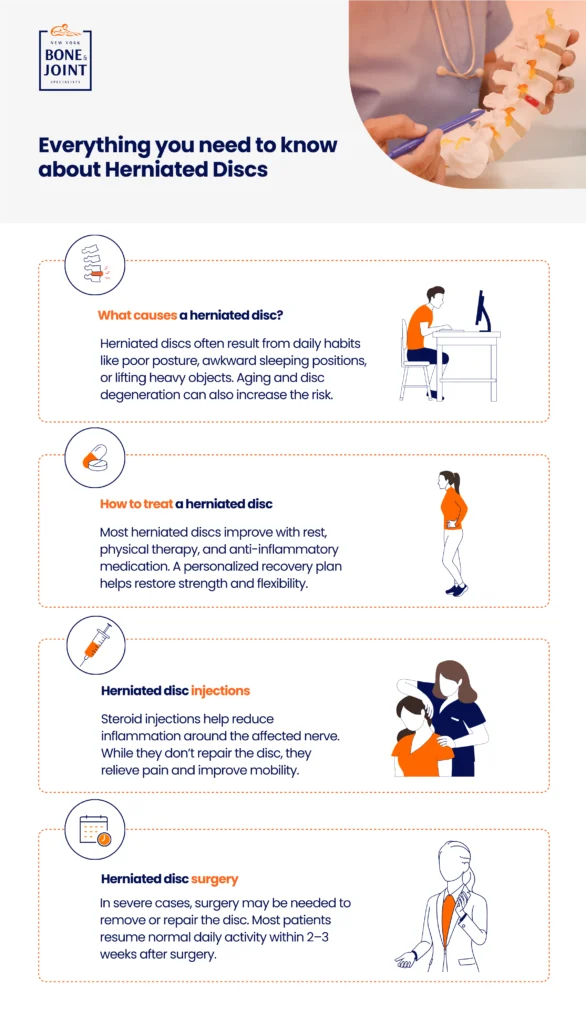
How are herniated discs diagnosed?
A herniated disc doctor can expertly diagnose a herniated disc with these tools and techniques:
Physical examination. Your doctor will discuss your health history and when the pain began. He or she may ask you to walk or stand on your toes. The doctor may also lift your leg as you lie on your back to determine when the pain spikes.
Imaging studies. A CT scan or an MRI provides a clearer picture of the spine and where the herniated disc is located. An X-ray cannot detect a herniated disc, but can picture other abnormalities, such as a broken bone or tumor.
Nerve tests. Via electrodes placed on the skin, a nerve conduction study can measure nerve activity. Another test, an electromyogram (EMG), can also assess electrical impulses in the nerves. Both can detect nerve damage.
Myelogram. Before a CT scan is done, a dye is injected into the spinal fluid. The resulting image can show where the pressure on the spinal cord is due to a herniated disc.
Before herniated disc treatment begins, a herniated disc doctor will make an accurate diagnosis. To do that, he or she must rule out other conditions causing your back or neck pain.
Herniated disc treatment options
Herniated disc treatment has evolved in recent years, but it always starts with conservative treatment before surgery. Conservative therapy has proven successful in treating the symptoms of herniated discs.
NON-SURGICAL TREATMENTS
Rest and activity modification. You can rest for a day or two, but prolonged rest is not recommended. After a short period of rest, you can start a gentle exercise program under the supervision of one of our top-rated herniated disc doctors
Physical therapy. Physical therapy can reduce pain and prevent further damage to the disc. Strengthening the core muscles of the back, abdomen, upper thighs, and buttocks is the main focus of physical therapy for herniated discs.
Pain medications. Non-steroidal anti-inflammatory medications (ibuprofen, naproxen, aspirin) can be bought over the counter to treat pain. Muscle relaxants and stronger pain relievers may be prescribed by your doctor, but are to be used for only a short time.
Steroids. Steroids are a powerful anti-inflammatory and may be given either orally or by injection into the epidural space (the fluid-filled area around the spinal cord). A local anesthetic will be injected into the area before an epidural injection.
SURGICAL TREATMENTS
If conservative methods fail to relieve pain, or if you experience persistent numbness and weakness in your arms or legs, surgery may be recommended. Listed are the various forms of herniated disc surgery:
Microdiscectomy or Discectomy. The most common surgery for a herniated disc. A discectomy removes the damaged portion of the disc to relieve pressure on the affected nerve. The surgeon accesses the disc through an incision.
Laminectomy. This procedure removes part of the spinal bone to ease pressure on the spinal cord or nerves, most commonly caused by a bone spur.
Disc replacement. The damaged disc is removed and replaced with a prosthetic “spacer” or artificial disc. No screws or plates are inserted to keep the new disc in place.
Fusion. Reserved for significant herniation, spinal fusion combined with a discectomy removes the disc or the herniated disc fragment. The surgeon then fuses the vertebrae above and below where the removed disc was to stabilize the spine.
Herniated disc exercises and rehabilitation
Most herniated discs can be healed with conservative treatment, and that includes herniated disc exercises under the guidance of a physical therapist. Physical therapy can reduce pain and strengthen the muscles surrounding the spine for better mobility and stability.
A physical therapy program can begin after one to two days of rest. Working with a physical therapist, you can gradually increase your activity level as the pain subsides.
Stretching exercises:
For neck pain from a herniated disc:
- Sit upright in a chair and pull your chin toward your chest, then against the headrest.
- Move your left ear to your left shoulder, and switch to the right.
- Repeat several times.
For lower back pain from a herniated disc:
- Lie on your back and pull both knees toward your chest.
- Move your head forward so there is a comfortable stretch across the mid to lower back.
- Hold for 15 to 30 seconds.
Strengthening exercises for a herniated disc
A strong core is a key element for healing a herniated disc. Try this variation of a plank to strengthen the abdominal and lower back muscles:
- Start with your face down with your forearms and toes on the floor.
- Maintain a straight line from your head to your toes while engaging your core.
- Hold this position for 20 to 30 seconds, gradually increasing the duration as you get stronger.
Low-impact exercises. Walking, swimming, biking, and yoga are all good exercises for herniated discs. Avoid exercises that involve heavy lifting or excessive twisting. High-impact activities such as jogging and martial arts are not recommended.
Signs your herniated disc is healing
Luckily, most herniated discs can fully heal with physical therapy in anywhere from a few weeks to several months, depending on the severity of the herniation and overall health of the patient. Healing may be slow at first, so don’t be discouraged if improvement isn’t immediate.
Signs your herniated disc is healing include:
- Decrease in pain intensity
- Less numbness and weakness
- Improved sensation in extremities
- Fewer muscle spasms
- Improved mobility and ability to function normally
- Less nerve irritation
- Better sleep quality
- No need to take medications
If you experience no improvement within weeks, see your doctor or physical therapist. You may need a different treatment plan or possibly surgery.
Herniated disc treatment recovery and prevention
Conservative herniated disc treatment can bring about a full recovery in as little as a few weeks.
Surgical timelines can vary. Recovery from a discectomy, the most common form of herniated disc surgery, can take four to six weeks. But much depends on the type of surgery. For example, a patient recovering from a spinal fusion who works in a physically demanding job may not return to work for three months.
To accelerate your recovery and prevent a relapse, follow these pointers:
- Avoid smoking. Nicotine slows the healing process. Talk to your doctor about a smoking cessation program.
- Lose weight. Excess pounds strain the spine, possibly wrenching its alignment and causing pain. Manage your weight and you’ll lessen the pressure on your back.
- Exercise regularly. By strengthening your core muscles, in particular, you can support and stabilize your spine. In general, staying active is a good way to maintain spinal health.
- Improve your posture. A correctly aligned spine when sitting or standing relieves the pressure on the discs. And when you lift, use your legs, not your back.
Why choose New York Bone & Joint Specialists for herniated disc treatment?
For decades, New York Bone and Joint Specialists has been the trusted choice for spinal and neck care. Our world-class joint specialists are committed to your complete recovery, providing comprehensive and compassionate guidance from diagnosis through to full healing.
What sets us apart?
- Your Health, Our Priority: We understand the importance of healthy joints for a long and active life, and your well-being is always our top concern.
- Conservative Approach First: We successfully resolve over 90% of orthopedic issues without surgery, prioritizing non-invasive treatments.
- Expert Surgical Care (When Needed): If surgery becomes necessary, our experienced spinal surgeons will expertly guide you through every step of the operation and recovery.
We are dedicated to achieving your full recovery, utilizing a blend of effective conservative methods and, when appropriate, exceptional surgical care.
Our expert spine specialists in NYC
New York Bone & Joint Specialists is founded on a philosophy of preservation. This approach, prioritizing the body’s structures for long-term joint health, results in 90% of our patients recovering without the need for surgery.
Our dedicated team of orthopedic doctors, surgeons, physical therapists, and support staff is committed to providing exceptional care and ensuring the lasting health and function of your joints, offering peace of mind to every patient.
The expert team of herniated discs doctors here in New York has decades of experience treating a range of spine and neck problems and injuries. Check out our expert team below.
Schedule your consultation today
Tired of your neck or back pain? The doctors and staff at New York Bone & Joint can help you overcome your pain so you can live an active lifestyle. Book now.
Herniated Disc: FAQs
How do I find a herniated disc doctor near me?
Contact an orthopedic doctor who specializes in herniated discs in your area. A herniated disc doctor is best able to diagnose and treat this type of pain. For surgery, you’ll need an experienced spinal surgeon.
Can a herniated disc heal on its own?
Herniated discs can heal on their own within four to six weeks with remedies like rest and ice.
Much depends, however, on the severity of the rupture. If the pain persists without letup and other symptoms worsen, contact a medical professional for further evaluation and treatment.
What’s the difference between a bulging disc and a herniated disc?
Herniated disc vs. bulging disc in brief:
- A bulging disc occurs when the outer lining of the disc bulges outward from the spine, but doesn’t crack.
- In a herniated disc, the outer layer ruptures and the inner fluid leaks out.
Both a herniated and a bulging disc respond favorably to conservative treatment.
How long does herniated disc treatment take?
Patients undergoing conservative herniated disc treatment can expect recovery in a few weeks. Similarly, recovery from surgery may last two to three weeks. Your doctor will provide a better timeline for recovery and monitor your progress.
What exercises should I avoid with a herniated disc?
Herniated disc exercises should be gentle on the spine and neck. Therefore, high-impact exercises such as jogging or weightlifting should be avoided. Safer alternatives range from low-impact activities (walking, swimming, biking) to stretching and core strengthening exercises.
When should I see a doctor for disc pain?
Pain that doesn’t resolve with home remedies indicates a serious problem with the disc. If your mobility is severely restricted or you experience bowel or bladder issues, contact your doctor immediately.
Is surgery always necessary for herniated discs?
No, surgery is a last resort and is only considered when conservative treatment fails.
How can I tell if my herniated disc is getting worse?
Pain that becomes progressively worse with rest and conservative therapy is a sign that the herniated disc is not getting better, and you need more advanced treatment.
What’s the best sleeping position for a herniated disc?
To get a good night’s sleep with a herniated disc:
- Sleep on your side with a pillow between your knees.
- Sleep on your stomach with a pillow under your abdomen.
- Sleep on your back. It’s the best position for herniated discs because it evenly distributes your weight across your body.
Can I work with a herniated disc?
If you work at a desk job, you may have to make some adjustments, such as:
- Don’t stay seated for too long. Get up and walk around periodically.
- Sit properly. Sit with your shoulders down and back, with your thighs parallel to the floor and your hips aligned with your knees.
- Don’t do heavy lifting. Ask a co-worker to help you.
